Maybe you’ve already filled your ear lobes up with piercings. Maybe you’re looking for something a little edgier. Maybe it’s Maybelline. Whatever got you to thinking about getting a cartilage piercing, we’re here to answer all your questions and quell any concerns.
From a classic helix piercing to a robust industrial piercing, there are so many ways you can dress up your ear cartilage. And if you anatomy is in your favor, you can even rock things like a rook piercing or a snug. Before you get overwhelmed, let’s dive into what all of this means. Or cannonball. Up to you!
What Is a Cartilage Piercing?
Any ear piercing that’s above your ear lobe can be referred to as a “cartilage piercing.” Cartilage is the type of tissue that makes up a vast majority of your ear, so rather than it being an actual piercing, it’s a whole category.
There are a few different types of cartilage piercings that you can get, like a tragus or a helix. While these may sound like terms from your confusing geometry homework, this kind of body modification is way easier! And it’s probably more relevant to your daily life than finding the length of a hypotenuse.
What Are the Different Cartilage Piercings?
One of the most popular types of cartilage piercings is the helix, which is located on the outer rim of the ear. Other common types of cartilage piercings are the tragus, daith, and conch. And it’s only a matter of time before these are also names of kindergartners for the class of 2042.
1. Helix
The upper helix piercing is the one that you associate most with cartilage piercings. It usually starts with a stud, but can also feature a small hoop. Many people opt for a single helix (meaning, just one piercing), but you can stack two or three piercings in this location too. Ear, party of three, your table is ready! The crab cakes are great tonight.
2. Snug
Located between your outer ear and your inner cartilage (conch), the snug piercing can be a bit fickle. And that’s not just because it got picked last in dodgeball (again).
Also known as an anti-helix piercing, your ear anatomy plays a big role in if this will be a successful piercing or not. This is also a very robust part of your ear, which adds to the difficulty. But if the stars align, this rad piercing that is sure to stand out.
3. Tragus
The tragus piercing is done on the flap of the skin by the opening of your ear canal. These are a bit more painful because the tissue there is so thick. And not everyone can get this piercing done – some people don’t have a big enough tragus for a piece of jewelry.
An experienced piercer will be your best bet for getting it done (as with all piercings). We love supporting small businesses, but stay off of Craigslist for this job.
4. Daith
The daith piercing is done on the very small cartilage above the ear canal. Daith piercings have become increasingly popular with people who suffer from migraines, as some say it helps alleviate the pain. This isn’t scientifically proven, but we’ve done weirder things to avoid a hangover after drinking too many cups of Becky’s infamous Jungle Juice.
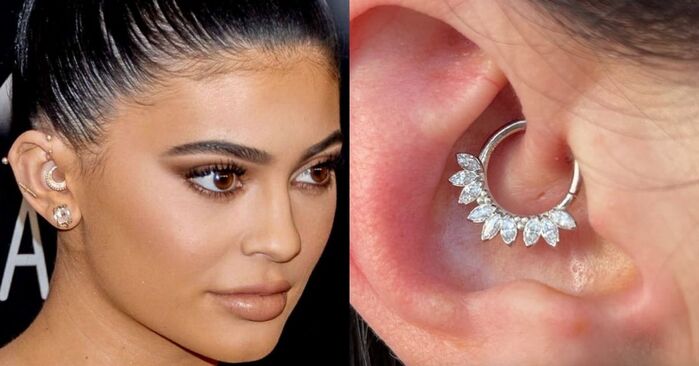
5. Conch
The conch piercing goes through the outer middle section of your ear that’s just above your lobe, and can be done with a stud or loop. It’s called a conch for that part of your ear looking like a conch shell.
We’re not saying this piercing will help you get one step closer to mermaid status, but it definitely won’t hurt. Well, your quest to becoming a mermaid. Poking holes into your body generally comes with some pain.
6. Rook
Rook to E7! A rook piercing goes through the ridge of cartilage in your upper inner ear. Again, this can be a tricky cartilage piercing to get, because if your rook section is too small or too shallow, then your piercing may not be able to get the angle right.
7. Industrial
If you’re into heavy metal, try an industrial piercing. It’s quite noticeable, as it involves a bar going through two points in the topmost part of your upper cartilage. You can rock it with a thick bar, or go for something more dainty with a design in the middle.
Just be prepared to sit through two punctures. It’s probably not the best time to do that Paint By Numbers.
How Painful is a Cartilage Piercing?
Pain level totally depends on which type of piercing you get and your pain tolerance.
Most of the time, cartilage piercings hurt more than a lobe piercing because the tissue is much thicker. But again, it varies by type. A helix piercing probably won’t be as painful as the tragus or the conch, because those areas are much harder to pierce.
What’s Good Cartilage Piercing Aftercare?
Congrats – you did the deed! Now the hard work begins. Clean your piercing twice a day with a saline solution, which is a mixture of salt and water. Don’t touch, rotate, or change the jewelry on the piercing either, which can delay the healing time. Occupy your hands by finishing the puzzle that’s been sitting half finished since the beginning of 2020.
You may want to keep your hair up and off the piercing for the first couple of weeks to avoid any snags. Remember how your hair used to get caught in the back of chairs at school? Think of that, but worse.
How Long Will My Cartilage Piercing Take to Heal?
Typically, cartilage piercings take longer to heal than lobe ear piercings because of the thickness of the tissue. Are you sensing a pattern yet? It can be anywhere from four to 12 weeks for the piercing to fully heal, but you may want to give yourself up to six or eight months.
During this time, you should be clean your piercing regularly and keep the original jewelry in to avoid any issues. So, put down that credit card at 3 AM when you’re on Amazon looking for new bling.
How Much Does a Cartilage Piercing Cost?
The cost of a cartilage piercing depends on which type you are going to get. Most places charge you based on their shop prices, but you can expect to pay anywhere from $40-$100. And you’re going to pay a fee for the the piercing itself and for the jewelry.
And don’t skimp on price like you do for day-old bread. It’s important to go to a shop based on the experience of the piercer, not the price. A little mold on a baguette isn’t the worst thing, but an infected ear is a major downer.
When Can I Change the Jewelry and What Jewelry is Best?
Again, don’t change the jewelry on your new cartilage piercing until it’s fully healed. Since that can take a few months, use that time to pick the perfect stud or ring that fits your style, mood, and color preference of the hour.
When you can change the piercing out, stick with materials like surgical steel, titanium, or gold to avoid irritation and reactions. And a pro move is to get studs with flat backs, which won’t snag on your hair or your clothes.
- 19 Small Tattoos If You Have a Very Tiny Budget - October 11, 2021
- What To Know Before Getting An Orbital Piercing - September 23, 2021
- Everything You Want to Know Before Getting a Cartilage Piercing - September 10, 2021
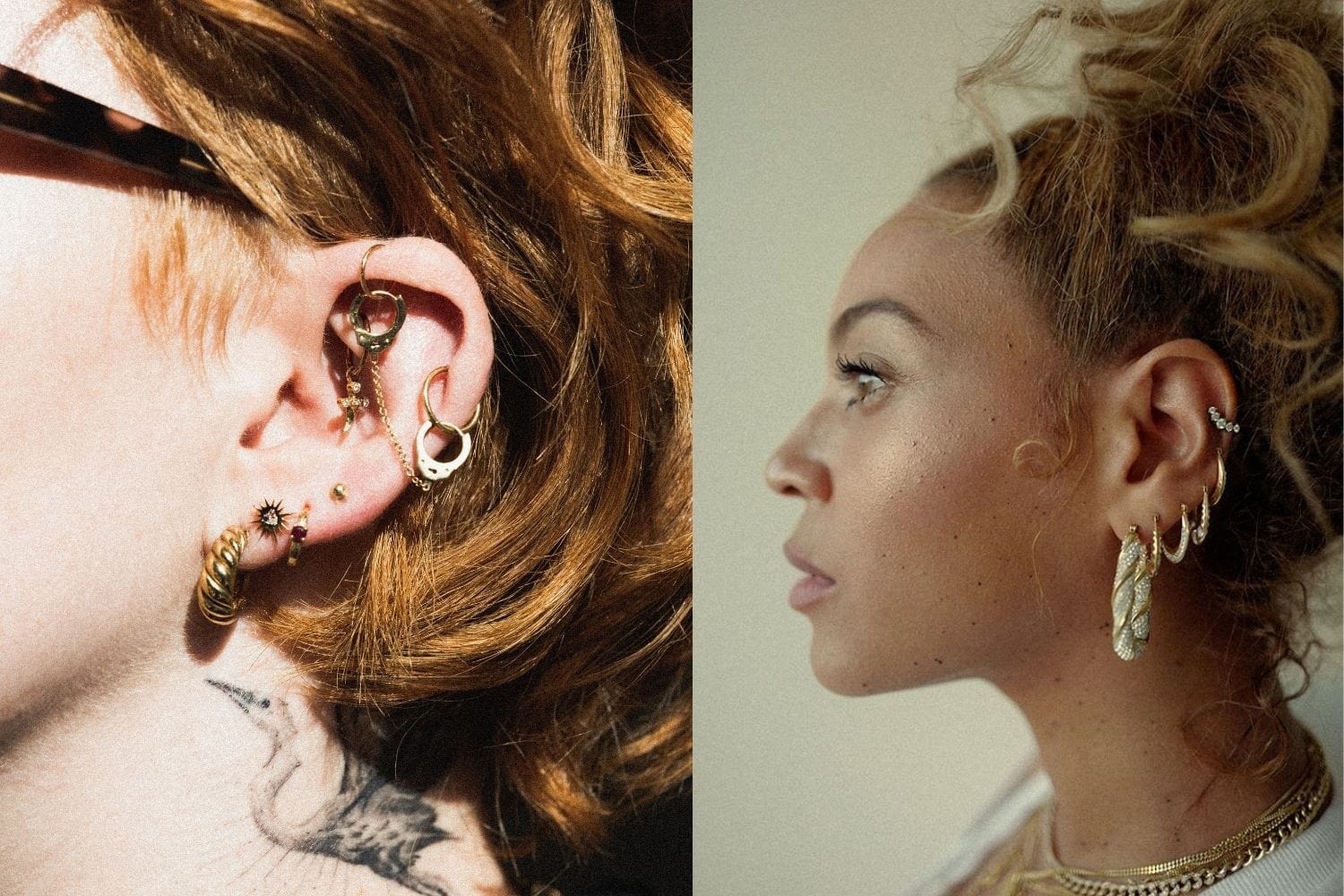
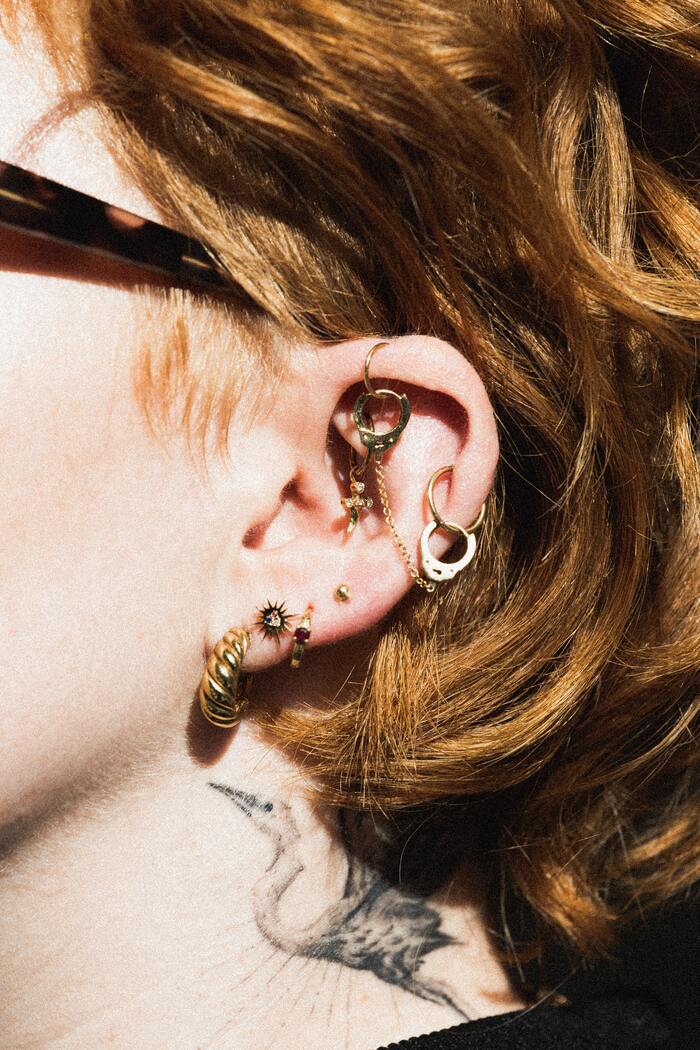
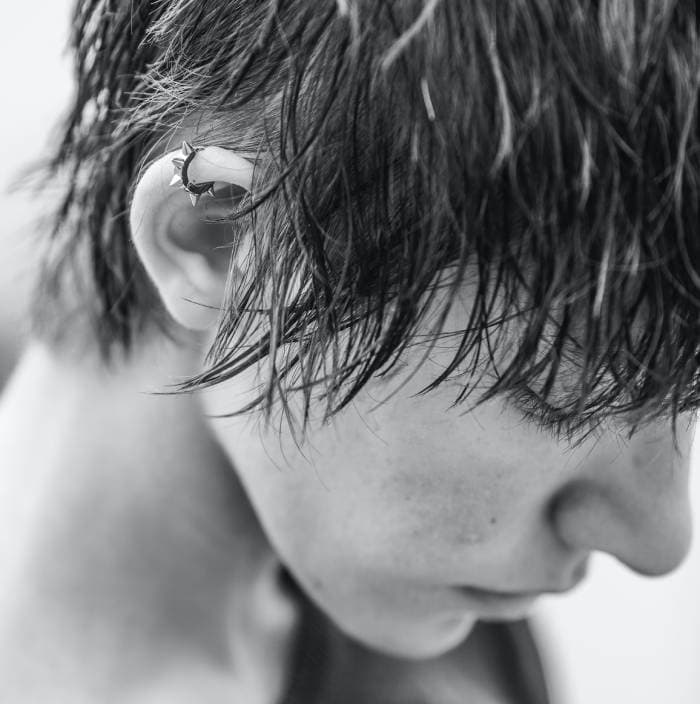
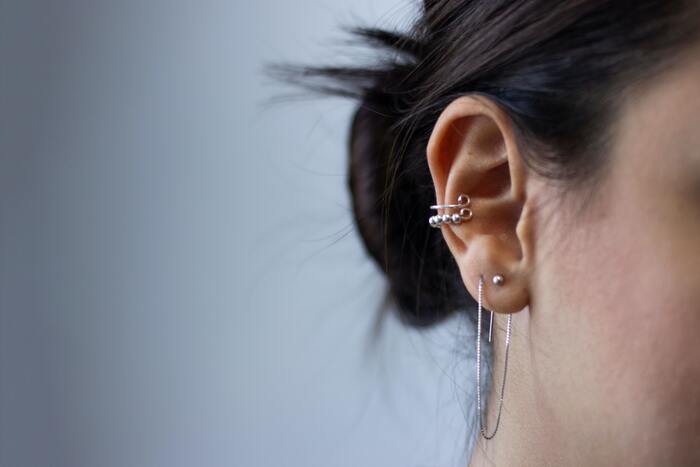
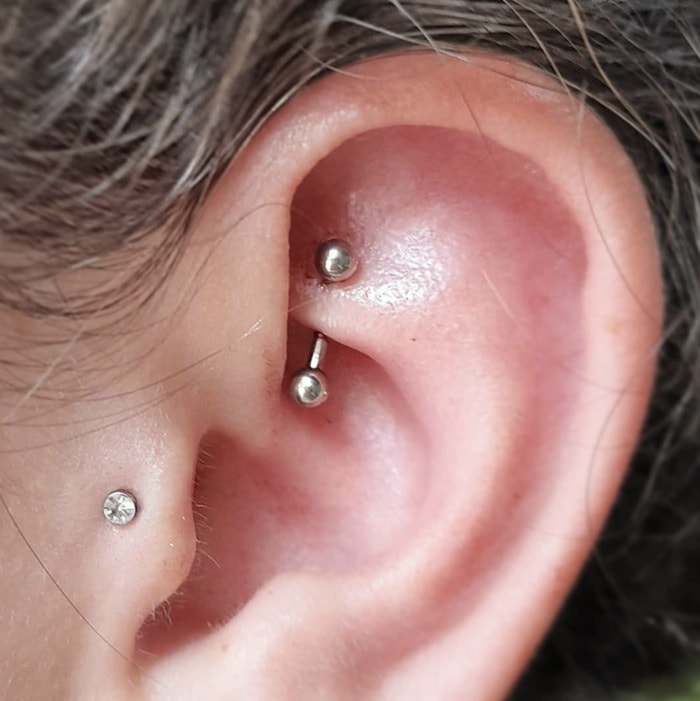
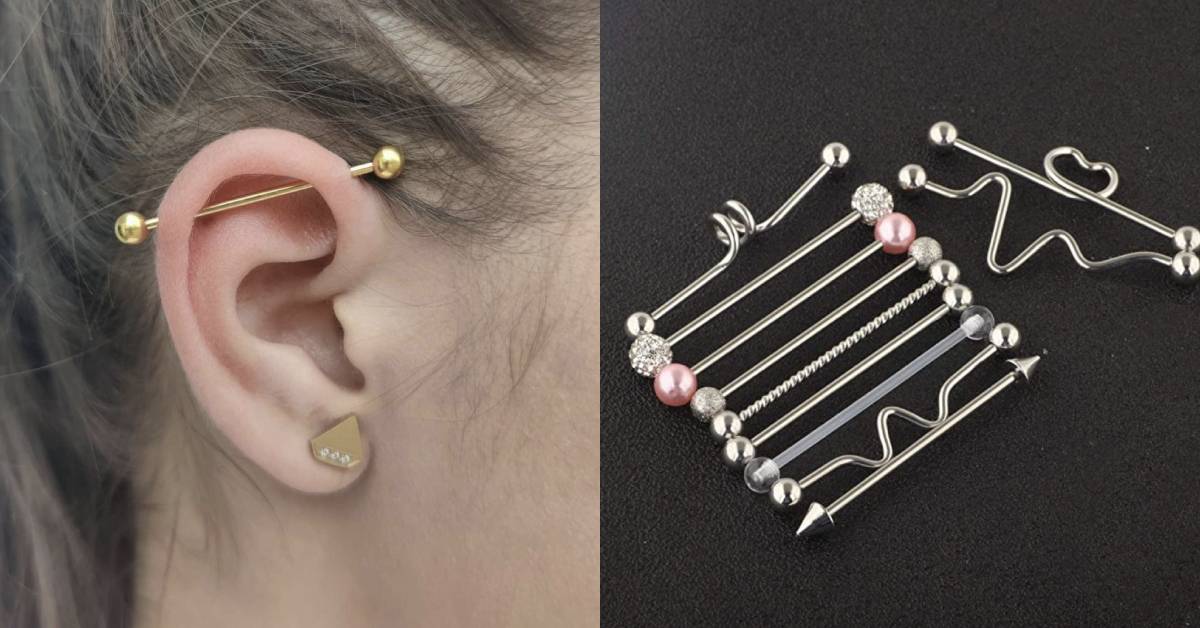
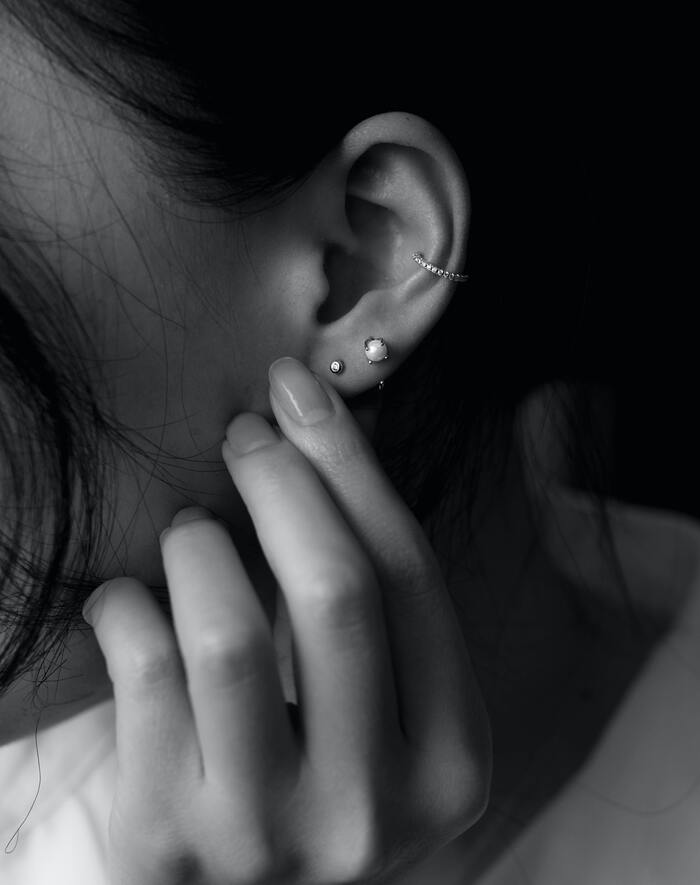
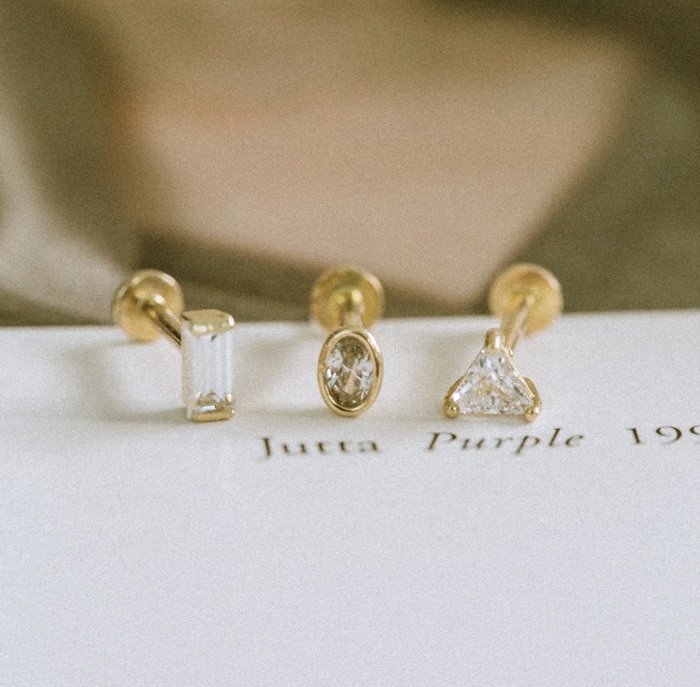


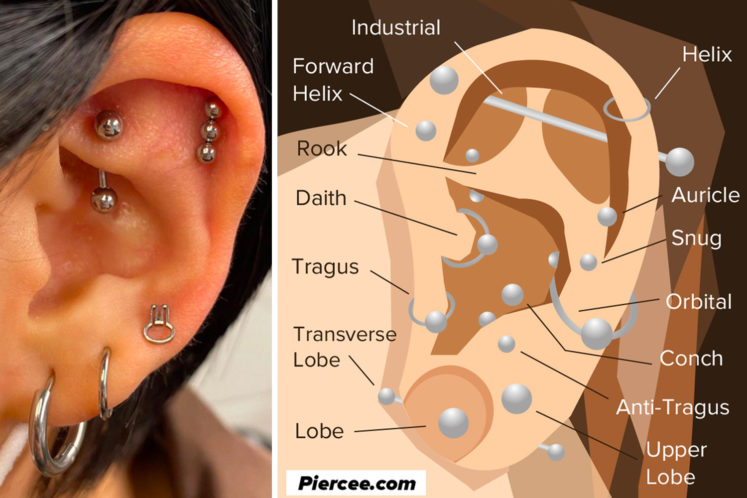
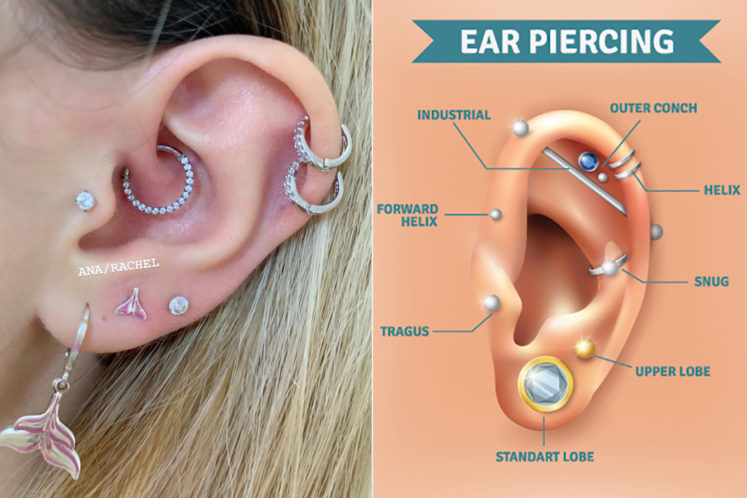
Leave a Comment